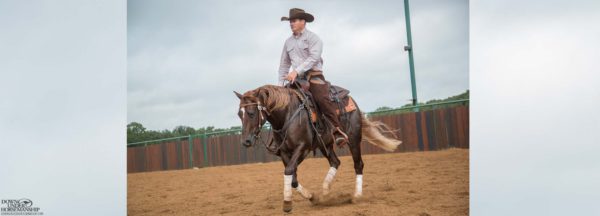Training Tip: Understanding Hot-Blooded Horses

While the Method works on all types of horses, every horse will require you to vary your approach slightly. I break horses into two broad groups – hot-blooded horses and cold-blooded horses.
Breeds like Arabians, Thoroughbreds and some bloodlines of Quarter Horses tend to be hot-blooded. These horses are generally very reactive, sensitive and intelligent. They love to go and move forward.
Pros: If you have a hot-blooded horse you won’t have much trouble sensitizing him to pressure because he already wants to move his feet – you just have to tell him in what direction to move them. They also tend to pick up lessons and concepts very quickly.
Cons: Desensitizing a hot-blooded horse often takes more consistency and repetition. Teaching him to stand still and relax will be the hardest thing for you to do because hot-blooded horses want to do everything today and are usually very busy-minded and nervous. They are also very aware of new environments, so if you ride them in a different location they often get very reactive and spooky until you can get them to use the thinking side of their brain. Although they learn quickly, they also seem to forget just as quickly.
How They’ll Build Your Skills: Hot-blooded horses will teach you to finesse your application of pressure and become very aware of your body language. A subtle shift of your seat or a slight raise of your hand will often be enough to cue these horses into action.
